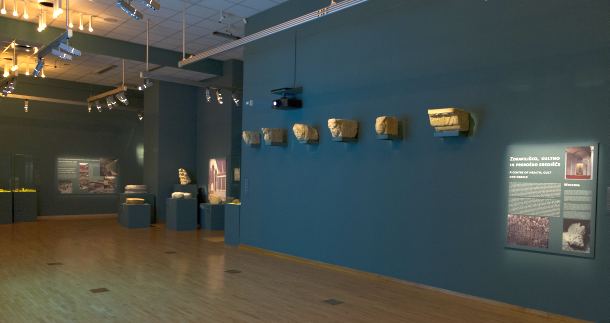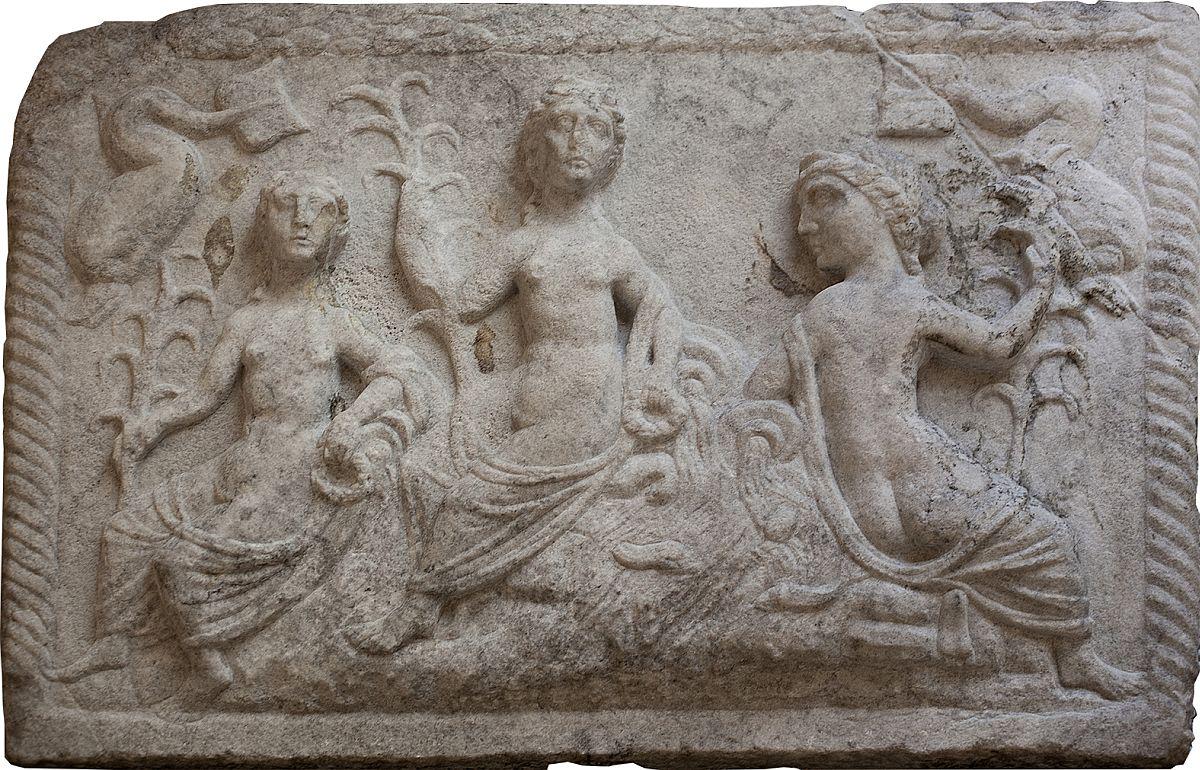

The excavations have shown that a widearea around the spring was enclosed during theġst century AD, while a rectangular structure was built around it in the 2nd century AD a spring reservoir 8 x 13.5 meters in size, from which thermal water was then lead to the baths through a system of canals. Roman sanctuary built around the natural hotspring. more The paper presents the results of the new archaeological excavations in Varaždinske Toplice,conducted from 2011 to 2015 in the area of the Based on the archaeological stratigraphy and absolute dates obtained by the 14C method, we can date the discovered textile objects around the mid-16th cent.The paper presents the results of the new archaeological excavations in Varaždinske Toplice,condu. The textile from both graves belonged to valuable clothing items, whose use was limited to distinct and richer social classes. The analysis of the textile established that it belonged to two clothing items, most probably a woman's cap (SF 27) and a strip (SF 33 and F 118) that bordered a clothing item. The fill of grave 112 likewise yielded a textile strip with golden threads (SF 33) as well as the dislocated skull of a young woman, wrapped with the remains of textile embroidered with golden fibers (SF 27). grave 43 yielded several pieces of textile strips with golden threads (F 118). Grave 43 was superimposed in physical and stratigraphical terms over grave 112.

Both graves lay adjacent to the northern church wall, within the sacristy revealed by archaeological excavations.

The paper presents an analysis of textile finds from graves 43 and 112, discovered during archaeological excavations in 20 at the site of Crkvari - St Lawrence (Sv. What is equally important, however, is that this will also contribute to a strengthening of awareness of architecture and its aesthetic qualities, hence further promoting the idea of safeguarding and care of edifices and of tangible heritage. Creative and adaptive re-purpose, modification or complete change of function can have wonderful potential, as well as, obviously, presenting serious hazards to avoid. inspiring, leading to diverse and broad fields of research in architecture, art and aesthetics, but are also crucial on a practical level, and hence require caution and precise consideration, given the impact the final results of such projects may have, as well as in terms of the effect and efficiency of the new space. The questions connected to these architectural projects are not only theoretically. when a functioning piece of architecture operates with a different purpose to its original one, as well as the role of aesthetics in re-purposing, and the importance of the special forms of experience such a conversion provides. In this study I investigate several questions related to adaptive restoration, i.e.


 0 kommentar(er)
0 kommentar(er)
